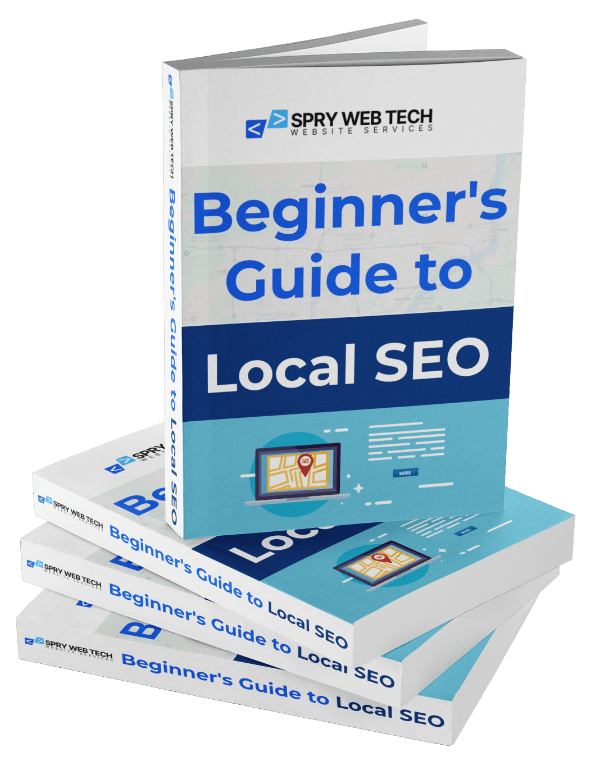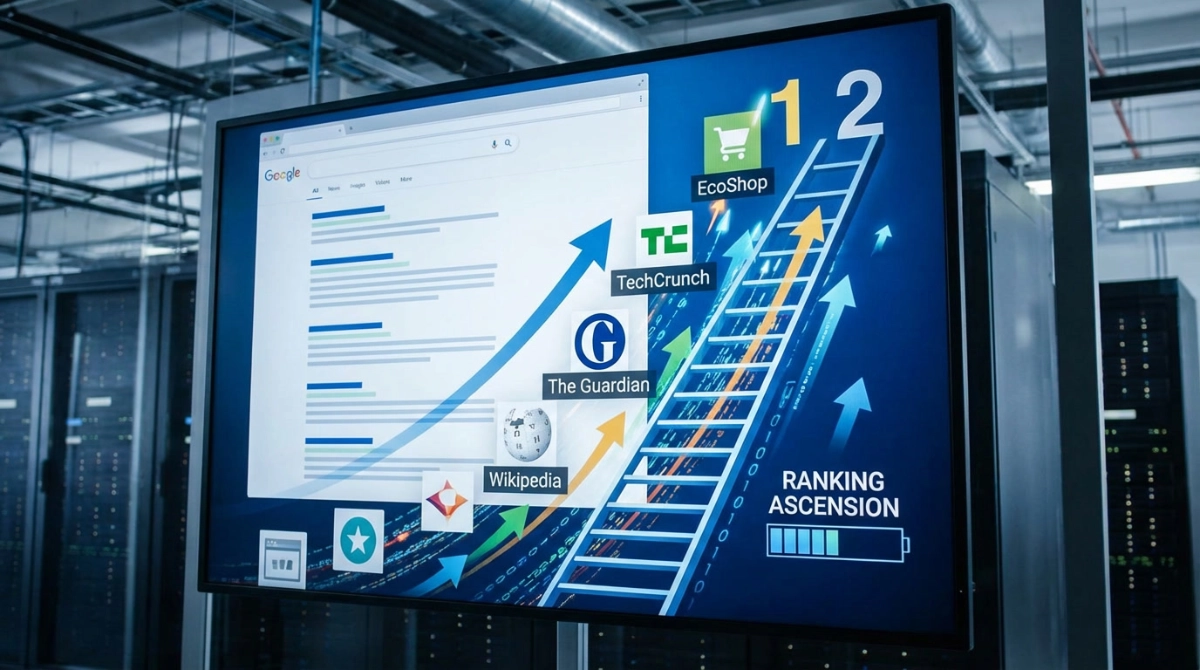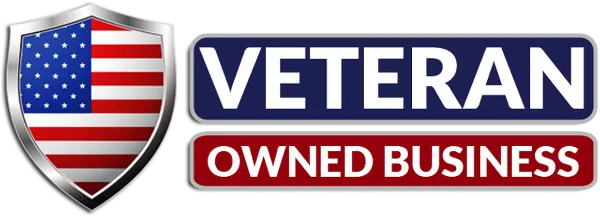Understanding On-Page SEO
On-page SEO refers to the practice of optimizing individual web pages to rank higher in search engine results and earn more relevant traffic. Unlike off-page SEO, which involves external signals like backlinks, on-page SEO focuses on elements within your website that you have direct control over. For new website owners, mastering on-page SEO fundamentals is essential for building a solid foundation that can help your content reach its intended audience.
The beauty of on-page SEO is that it doesn’t require advanced technical knowledge or a large budget to implement effectively. With careful attention to detail and consistent application of best practices, even beginners can significantly improve their website’s visibility. This guide will walk you through proven on-page SEO techniques that can help your website climb search engine rankings and attract more visitors.
Keywords: The Foundation of Effective On-Page SEO
Conduct Thorough Keyword Research
Keywords remain the backbone of SEO, connecting searcher intent with your content. Before creating content, invest time in understanding what terms your target audience is searching for. Free tools like Google Keyword Planner or Ubersuggest can help identify relevant keywords with reasonable search volume and competition levels.
Focus on long-tail keywords (phrases containing three or more words) as they often indicate higher intent and face less competition. For example, rather than targeting “running shoes,” a more specific term like “best waterproof running shoes for flat feet” will attract more qualified visitors with clearer purchase intent.
Implement Keywords Strategically
Once you’ve identified your target keywords, incorporate them naturally throughout your content. Avoid the outdated practice of keyword stuffing, which can trigger search engine penalties. Instead, focus on these strategic placements:
- Include your primary keyword in your page title, preferably near the beginning
- Use your keyword in at least one subheading (H2 or H3 tag)
- Place keywords in the first 100-150 words of your content
- Incorporate keywords naturally throughout your body text (aim for a keyword density of 1-2%)
- Use variations and synonyms of your keywords to demonstrate topical expertise
Remember that modern search engines understand semantic relationships between words, so focus on covering topics comprehensively rather than repeating the exact keyword phrase.
Content Quality: Creating Value for Users and Search Engines
Prioritize Comprehensive, In-Depth Content
Search engines increasingly favor content that thoroughly addresses user questions and needs. Aim to create the most complete resource on your chosen topic. While there’s no universal “perfect” word count, longer content (1,000+ words) tends to rank better for competitive keywords because it can cover topics more comprehensively.
When creating content, ask yourself: “Does this page answer all potential questions a visitor might have about this topic?” If not, expand your coverage to include relevant subtopics and details that competitors might have missed.
Focus on Readability and Structure
Even the most informative content won’t perform well if it’s difficult to read. Improve readability by:
- Breaking text into short paragraphs (3-4 sentences maximum)
- Using descriptive subheadings to organize information logically
- Incorporating bullet points and numbered lists for easy scanning
- Including relevant images, diagrams, or videos to illustrate complex concepts
- Using a conversational tone that engages readers
Remember that many users will scan your content rather than read every word. Clear structure helps them quickly find the specific information they need, improving user satisfaction and reducing bounce rates.
Ensure Content Freshness
Search engines prefer up-to-date content, particularly for topics that evolve rapidly. Regularly review and update your existing content to ensure it remains accurate and relevant. When updating, consider:
- Refreshing statistics and examples with newer data
- Removing outdated information or defunct links
- Adding new sections to address emerging subtopics
- Mentioning recent developments or changes in your field
Adding a “Last Updated” date to your content can signal to both users and search engines that your information is current.
Technical On-Page Elements: Optimizing the Building Blocks
Craft Compelling Meta Titles and Descriptions
Meta titles and descriptions act as your content’s advertisement in search results, influencing click-through rates. While these don’t directly impact rankings, higher click-through rates can indirectly improve your search performance.
For meta titles:
- Keep length between 50-60 characters to avoid truncation
- Include your primary keyword near the beginning
- Add a compelling reason to click (e.g., mentioning a benefit or using power words)
- Make each title unique across your website
For meta descriptions:
- Aim for 150-160 characters
- Include your primary keyword naturally
- Write a compelling summary that encourages clicks
- Include a call-to-action when appropriate
Optimize URL Structure
Clean, descriptive URLs help users and search engines understand your content before they even visit the page. Follow these URL best practices:
- Keep URLs short and descriptive
- Include your target keyword
- Use hyphens to separate words (not underscores or spaces)
- Avoid unnecessary parameters, numbers, or special characters
- Create a logical hierarchy that reflects your site structure
For example, yoursite.com/blog/on-page-seo-guide is far better than yoursite.com/blog/?p=123.
Implement Header Tags Properly
Header tags (H1, H2, H3, etc.) create hierarchy and structure within your content. They help search engines understand the organization and importance of different sections while making content more scannable for users.
Best practices for header tags include:
- Use only one H1 tag per page, containing your primary keyword
- Structure subheadings logically (H2 for main sections, H3 for subsections, etc.)
- Include keywords in some (but not all) subheadings
- Keep headings descriptive and helpful for navigation
- Maintain a consistent heading structure across your site
Image Optimization: Visual Content That Works for SEO
Compress Images for Speed
Large image files slow down page loading times, negatively affecting both user experience and SEO. Use image compression tools like TinyPNG or ImageOptim to reduce file sizes without compromising visual quality. Aim to keep most images under 200KB when possible.
Use Descriptive Filenames and Alt Text
Search engines can’t “see” images, so they rely on textual clues to understand visual content. Before uploading images:
- Rename files with descriptive, keyword-rich names (e.g., “on-page-seo-diagram.jpg” instead of “IMG001.jpg”)
- Write informative alt text that describes the image and includes relevant keywords when appropriate
- Add captions when they provide additional context or value
Besides improving SEO, proper alt text makes your site more accessible to visitors using screen readers.
Internal Linking: Creating a Strong Website Architecture
Build a Strategic Internal Linking Structure
Internal links help search engines discover, crawl, and understand the relationship between different pages on your website. They also distribute page authority throughout your site and help users navigate to related content.
For effective internal linking:
- Link to relevant content using descriptive anchor text
- Prioritize natural, contextual links within body content
- Ensure important pages receive more internal links
- Create a logical site hierarchy (no page should be more than 3-4 clicks from the homepage)
- Use breadcrumb navigation for sites with many pages or complex structures
Fix Broken Links and Redirects
Broken links create poor user experiences and waste your site’s “crawl budget” (the time search engines spend crawling your site). Regularly audit your site for broken links using tools like Google Search Console or Screaming Frog, and either:
- Update links to point to the correct URLs
- Remove references to content that no longer exists
- Implement 301 redirects for changed URLs
Minimize redirect chains (redirects that point to other redirects) as they slow down page loading and dilute link equity.
Mobile Optimization: Meeting Modern Search Requirements
Ensure Mobile Responsiveness
With Google’s mobile-first indexing, your site’s mobile version determines your search rankings. Test your site’s mobile-friendliness using Google’s Mobile-Friendly Test tool and address any issues it identifies.
Key aspects of mobile optimization include:
- Using responsive design that adapts to different screen sizes
- Ensuring text is readable without zooming
- Providing adequate space for touch elements (buttons, links, etc.)
- Avoiding software not common on mobile devices (like Flash)
- Minimizing pop-ups that interfere with content access on small screens
Optimize for Core Web Vitals
Core Web Vitals are specific factors that Google uses to measure user experience, particularly on mobile devices. Focus on improving:
- Largest Contentful Paint (LCP): The time it takes for the main content to load (aim for under 2.5 seconds)
- First Input Delay (FID): How quickly your site responds to user interactions (aim for under 100 milliseconds)
- Cumulative Layout Shift (CLS): The stability of visual elements as the page loads (aim for a score under 0.1)
Google Search Console provides reports on Core Web Vitals performance to help identify specific improvement areas.
Site Speed: The Critical User Experience Factor
Prioritize Page Speed Optimization
Page speed affects both rankings and user experience. Even a one-second delay can significantly increase bounce rates. Use tools like Google PageSpeed Insights or GTmetrix to analyze your site’s performance and implement recommended optimizations, which might include:
- Enabling browser caching
- Minifying CSS, JavaScript, and HTML
- Using a content delivery network (CDN)
- Optimizing server response times
- Reducing redirect chains
- Implementing lazy loading for images and videos
These technical optimizations often provide the most significant performance improvements for the least effort.
Structured Data: Enhancing Search Result Appearance
Implement Schema Markup
Structured data helps search engines understand your content more precisely and can enable rich results (like star ratings, recipe information, or event details) in search listings. Although schema markup doesn’t directly improve rankings, it can increase visibility and click-through rates.
Begin with basic schema types relevant to your content, such as:
- Organization schema for your business information
- Article schema for blog posts
- Product schema for e-commerce items
- Local Business schema for physical locations
- FAQ schema for frequently asked questions
Use Google’s Structured Data Testing Tool to validate your implementation and ensure it appears correctly in search results.
Bringing It All Together
On-page SEO isn’t about implementing tricks or hacks to manipulate search results; it’s about creating the best possible experience for both users and search engines. By focusing on content quality, technical optimization, and user experience, you build a foundation for sustainable search visibility.
Remember that SEO is an ongoing process, not a one-time task. Search algorithms evolve, competitors improve their strategies, and user behaviors change. Monitor your performance through tools like Google Analytics and Search Console, and be prepared to adapt your approach based on data and results.
Start by implementing these on-page SEO best practices one by one, beginning with the elements that need the most improvement on your site. Even small, incremental changes can lead to significant improvements in visibility, traffic, and ultimately, the success of your website.
Additional Resources
For more detailed information about on-page SEO, consider these authoritative sources:
- Google’s SEO Starter Guide
- Moz’s On-Page SEO Learning Center
- Search Engine Journal’s On-Page SEO Guide
- Ahrefs’ On-Page SEO Guide
- Backlinko’s On-Page SEO: The Definitive Guide
These resources offer deeper insights into specific aspects of on-page optimization and can help you continue developing your SEO knowledge as you grow more comfortable with the basics.










